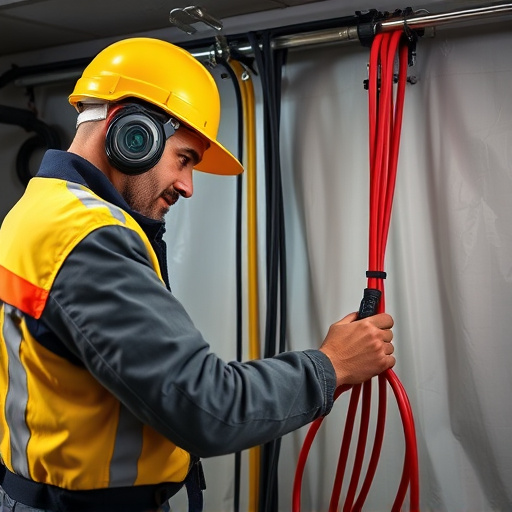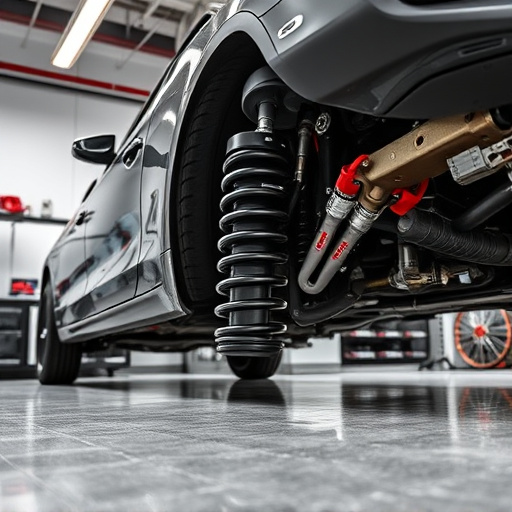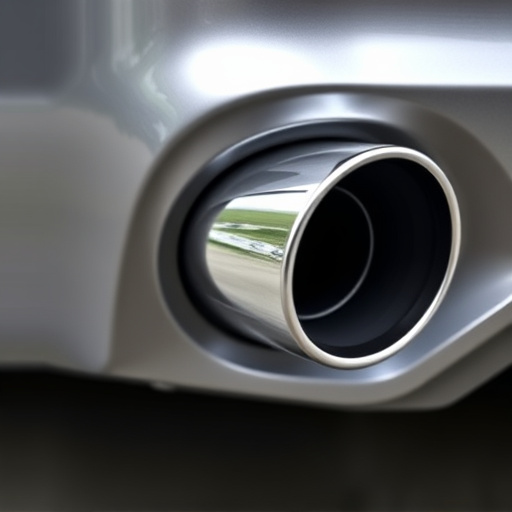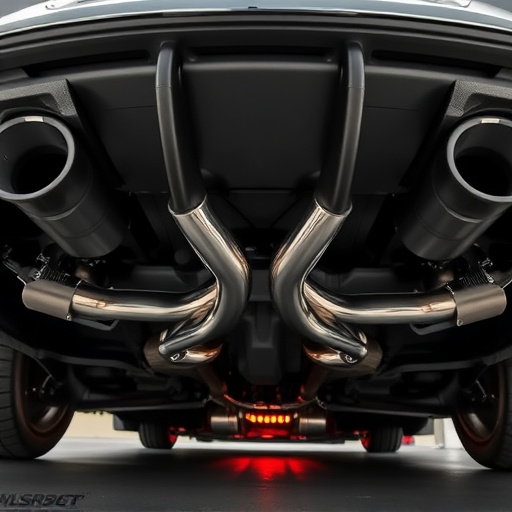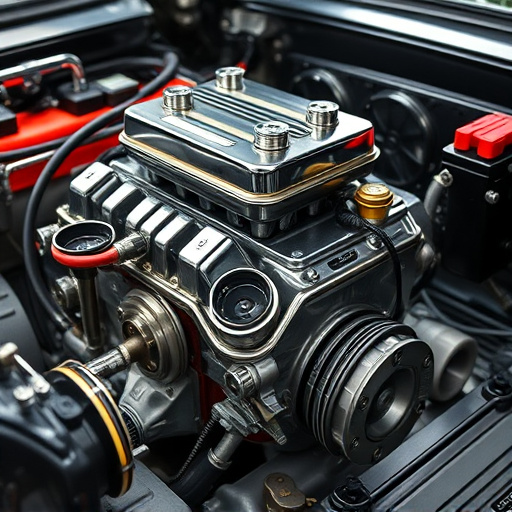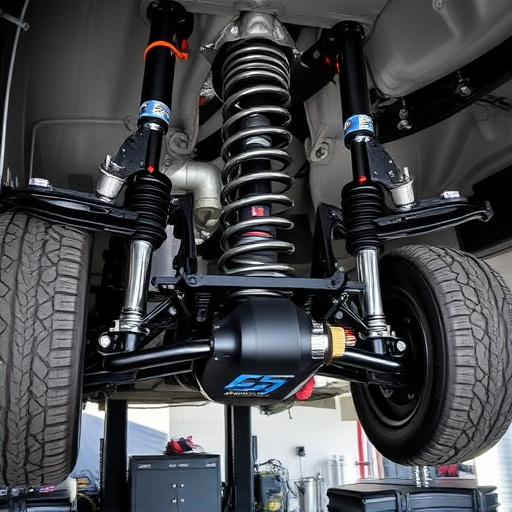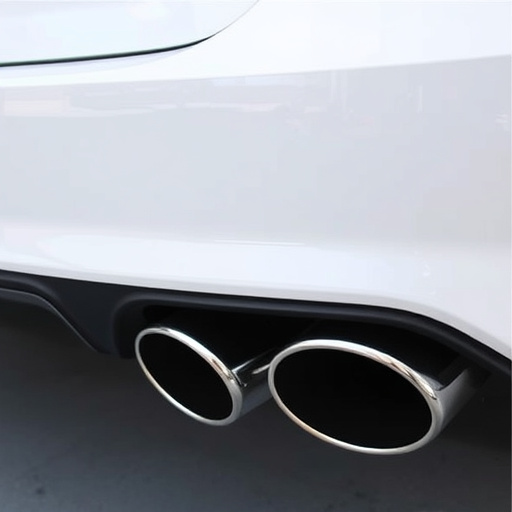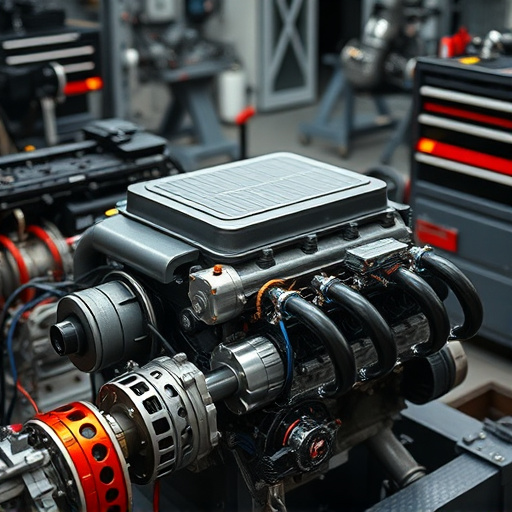Before installing an air intake system, conduct a thorough inspection of your engine, exhaust system, and safety components. Evaluate internal parts for wear or damage, ensure optimal exhaust system maintenance, and verify critical safety elements like brake pads. Understanding your engine type, condition, and vehicle specifics is crucial for selecting the right air intake system from the outset, enhancing performance, and ensuring a safe installation process.
Preparing your engine for an air intake installation is crucial for optimal performance. Before you begin, assess your engine’s current state by identifying its type and condition, understanding your vehicle’s specific make and model, and checking for modifications or damage. Choose the right air intake system based on your engine’s airflow needs, exploring options like cold air intakes, dry filters, or wet filters, and consider performance gains, noise levels, and installation ease. Ensure a safe and organized workspace, gather necessary tools, and follow manufacturer guidelines for pre-installation preparation.
- Assessing Your Engine's Current State
- – Identifying the type and condition of your engine
- – Understanding your vehicle's make and model specifics
Assessing Your Engine's Current State
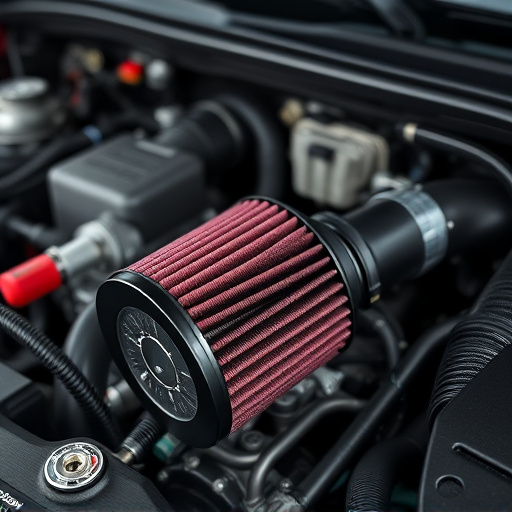
Before diving into the process of air intake installation, it’s crucial to assess your engine’s current state. This involves evaluating several key components and systems to ensure a smooth transition with minimal risks. Start by checking the condition of your engine’s internal parts, such as valves, pistons, and cylinder walls. Any signs of wear or damage will impact the performance and compatibility of your new air intake system.
Additionally, consider the state of your exhaust system, including mufflers and exhaust tips. A well-maintained exhaust system is essential for optimal engine performance and efficient gas mileage. Moreover, examine your brake pads and other safety components to ensure they are in top condition. These checks will help you identify potential issues and make any necessary repairs or upgrades before installing the new air intake, ensuring a seamless and safe process.
– Identifying the type and condition of your engine
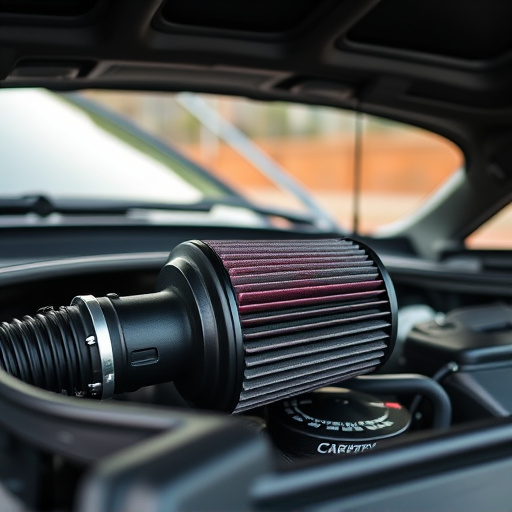
Identifying your engine’s type and condition is a crucial step before installing an air intake system. Different vehicles come with various engine designs, each requiring specific considerations during modification. For instance, a four-cylinder engine will have distinct needs compared to a V6 or V8. Moreover, factors like the engine’s age, mileage, and previous maintenance can impact performance and compatibility.
Understanding your engine’s specifications allows for tailored choices when selecting air intake systems. Modern cold air intakes, for example, often require specific mounting points and may not fit older engines without modifications. Ensuring compatibility between your vehicle’s architecture and the desired air intake system is key to a successful installation, enhancing performance and ensuring optimal airflow.
– Understanding your vehicle's make and model specifics
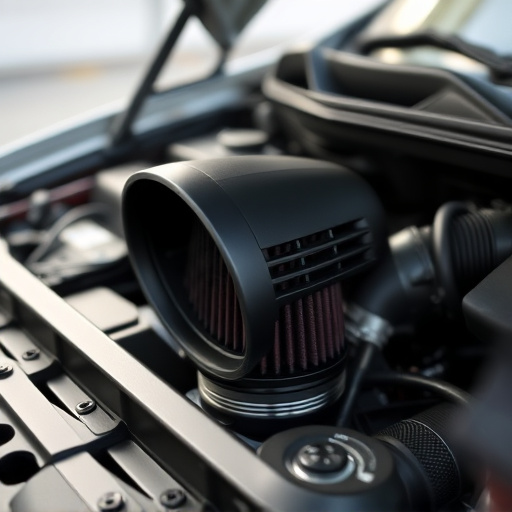
Before tackling any air intake installation, it’s crucial to understand your vehicle’s unique make and model specifics. Every car is designed differently, and ignoring these details can lead to improper installations, compromised performance, or even safety hazards. Check your vehicle’s owner’s manual for precise information on your engine type, fuel system, and air intake requirements. This will help you choose the right components for your air intake installation, ensuring compatibility and optimal performance.
Additionally, consider other essential modifications like brake pads upgrades for improved stopping power, a cat back exhaust system for better sound and flow, or custom muffler tips for an aggressive look. However, these should be secondary considerations after ensuring your air intake installation is correctly tailored to your vehicle’s specifications.
Preparing your engine for an air intake installation involves a careful assessment of its current state. By identifying the type and condition of your engine, as well as understanding your vehicle’s make and model specifics, you can ensure a seamless and effective upgrade. This process is crucial for optimizing performance and enhancing efficiency once the air intake system is installed, making it a key step in any customization journey for car enthusiasts.

